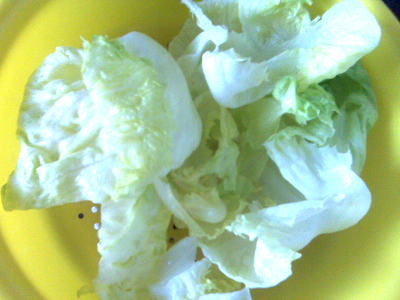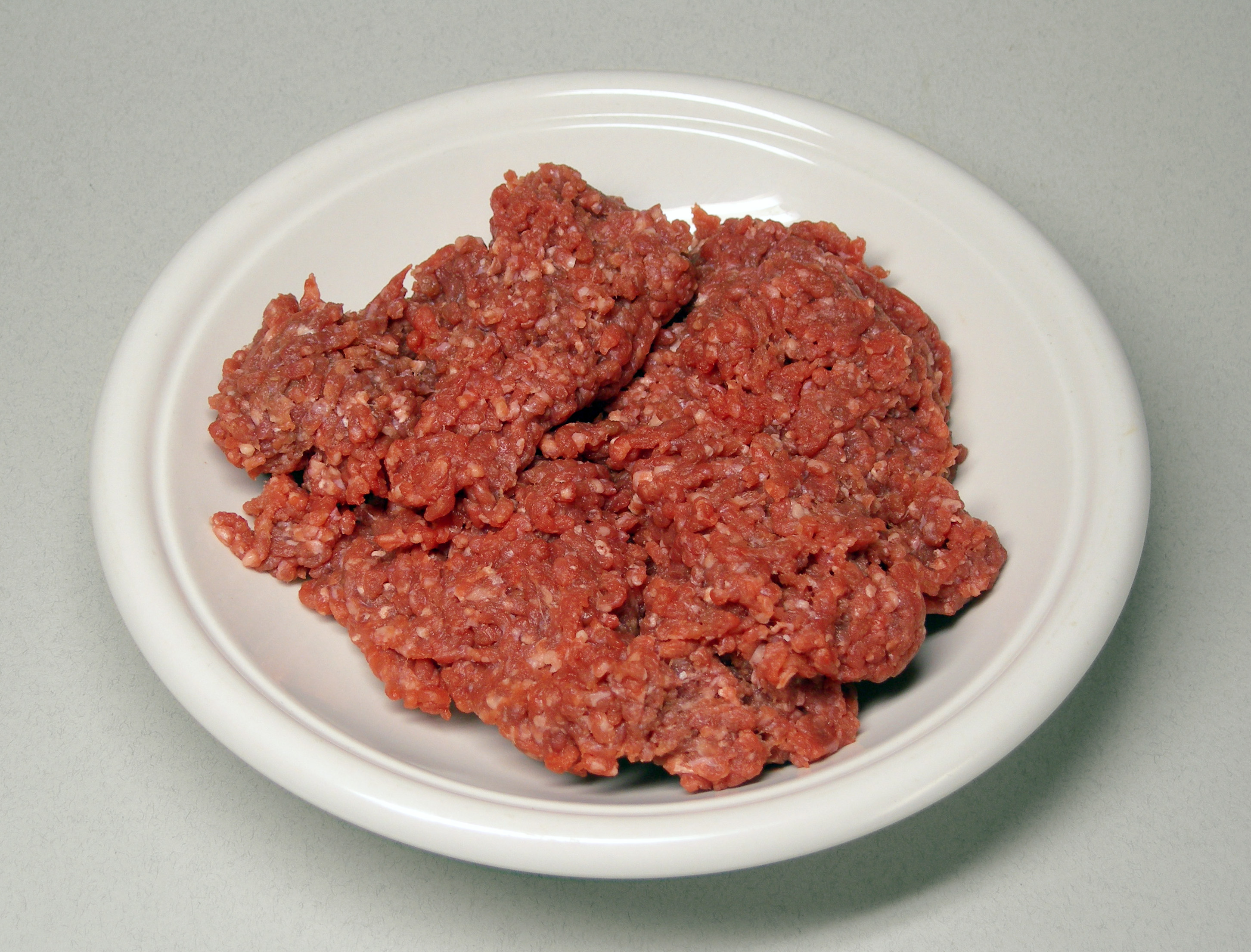EHEC - Don't eat the poop
Agricultural
Beef processing is a common point of contamination: during the slaughtering process, the contents of intestines or fecal material on the hide could mix with the meat, thus allowing bacteria to flourish in the warm, damp conditions. If the infected parts are then ground, the bacteria go from the surface of the cut to the interior of the ground mass. Ground beef is therefore much more likely to be a source of infection than steak. In steak, only the surface area of a cut is exposed during butchering, and cooking the outside affects the entire exposed portion. In ground beef, however, bacteria are mixed throughout the meat mass, requiring the entire mass to be heated thoroughly to eliminate the pathogen. Additionally, in the production of ground beef, meat from multiple cattle is often ground together, enabling contamination from a single animal to contaminate an entire lot of ground beef.
Accordingly, reduction of infection requires preventive measures that either reduce the number of cattle that carry E. coli O157:H7 or reduce the contamination of meat during slaughter and grinding. These measures include careful removal and cleaning of the intestines, steam/vacuum treatment, and organic acid sprays.[...]
Culinary and dietary
Cooking all ground beef and hamburgers thoroughly, and checking the temperature using an instant-read meat thermometer, will eliminate the organism. Ground beef should be cooked until a thermometer inserted into several parts of the patty, including the thickest part, reads at least 72 °C (162 °F).
When preparing meat, it should be kept separate from other food items and all surfaces, and utensils which come into contact with raw meat should be washed thoroughly before being used again. Hand washing is similarly important. Placing cooked hamburgers or ground beef on an unwashed plate that held raw patties can transmit infection. This was the main cause of the E. coli poisoning in Scotland in 1996 that killed seven and left hundreds infected.
Unpasteurized milk and juices are potential sources of E. coli. Commercial juice is almost always pasteurized, and juice concentrates are also heated sufficiently to kill pathogens.
Fruits and vegetables should be washed thoroughly, especially those that will not be cooked. Children under five years of age, immunocompromised persons, and the elderly should avoid eating alfalfa sprouts until their safety can be assured. Methods to decontaminate alfalfa seeds and sprouts are being investigated.
Before consumption, contaminated water should be sterilized by 1) boiling at a rolling boil for at least one minute (longer at higher altitudes), 2) ultrafiltration using a system designed for water treatment, or 3) chemically sterilized using an ozone, chlorine, or iodine product. Care while swimming to avoid ingestion of potentially contaminated water can reduce the chances of infection.
Proper hand washing after using the lavatory or changing a diaper, especially among children or those with diarrhea, reduces the risk of transmission. Anyone with a diarrheal illness should avoid swimming in public pools or lakes, sharing baths with others, and preparing food for others.[...]
http://en.wikipedia.org/wiki/EHEC#Prevention
iceberg vs.






0 Comments:
Post a Comment
Subscribe to Post Comments [Atom]
<< Home